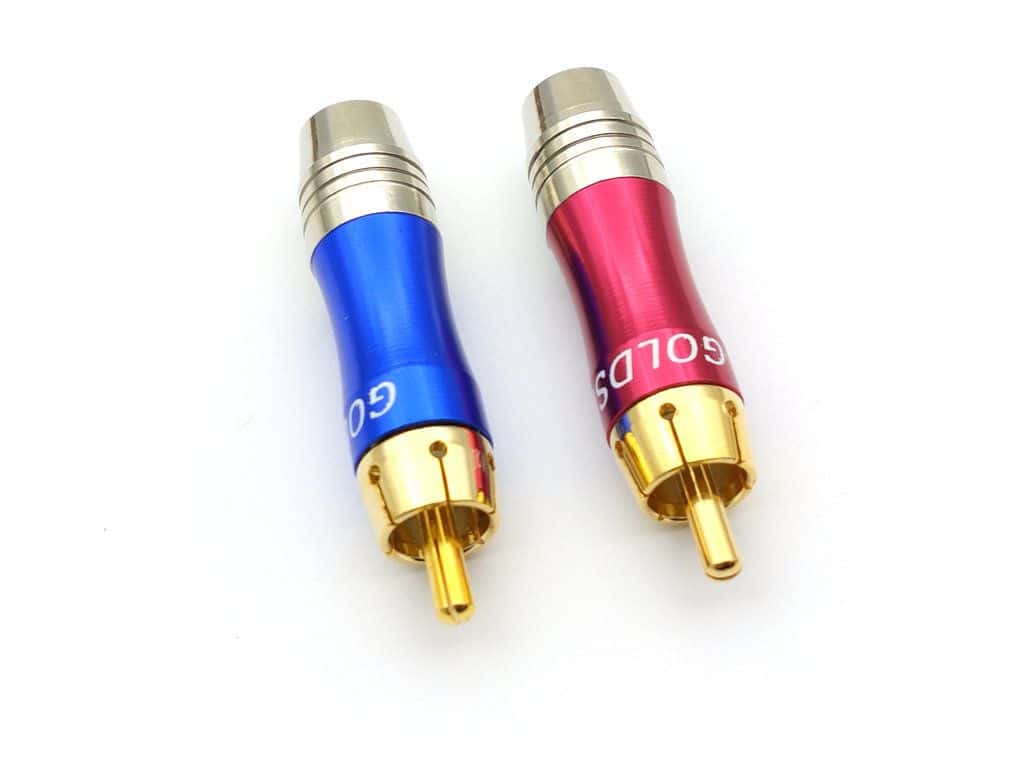715
You can solder an RCA plug yourself. These instructions will help you repair a defective cable or make an adapter for jack or terminal cables.
Soldering RCA plugs: What you need
To solder a cinch plug, you will need the following items.
- First, you will need solderable cinch plugs.
- You will also need a soldering iron and accessories, in particular solder.
- You will also need a two-core cable, for example a RCA cable.
- Note on the use of speaker cables: Speaker cables are generally not ideal for making RCA cables, as they usually do not have shielding. RCA cables are normally coaxial, meaning they have an inner conductor for the signal and a shield that prevents interference.
- Speaker cables, on the other hand, usually consist of only two wires for positive and negative without shielding. It is therefore better to use specially shielded cables for RCA connections to avoid interference. Old RCA cables are more suitable for this than speaker cables. New cables with shielding work just as well or better, of course.
Soldering RCA plugs yourself
To solder an RCA plug yourself, proceed as follows.
- Insulate about four millimeters of the two cable wires. Then pull the coupling and the kink protection sleeve—i.e., the part for screwing and the metal spring or the flexible hard rubber piece—over the cable.
- Lightly coat the stripped cable ends with solder. Apply a little solder to the two contacts of the plug as well. One contact is the outer shell (ground), the other is located exactly in the middle (signal). You can often recognize the intended locations by the greasy-looking solder paste.
- Note the meaning of the different cable colors. On most cables, the black wire is the ground, also referred to as “GND,” “Ground,” or minus (“-”). Solder this to the outer contact of the plug. The red wire is the signal (plus) and is soldered to the inner contact, i.e., the tip of the RCA plug.
- Make sure that the two cable wires do not touch each other to avoid short circuits. Finally, slide the grommet and coupling over the cable and screw the plug tightly in place.
- Difference between “ground” and “minus”: It is important to note that “ground” and “minus” are not always the same thing. While ground serves as the reference potential in RCA cables, “minus” can be the negative conductor in speaker cables. This distinction is important to avoid confusion and interference.
- Balanced RCA cables: An RCA cable can also be balanced, for example by using microphone cables. This design helps to increase the signal level and better suppress interference.

